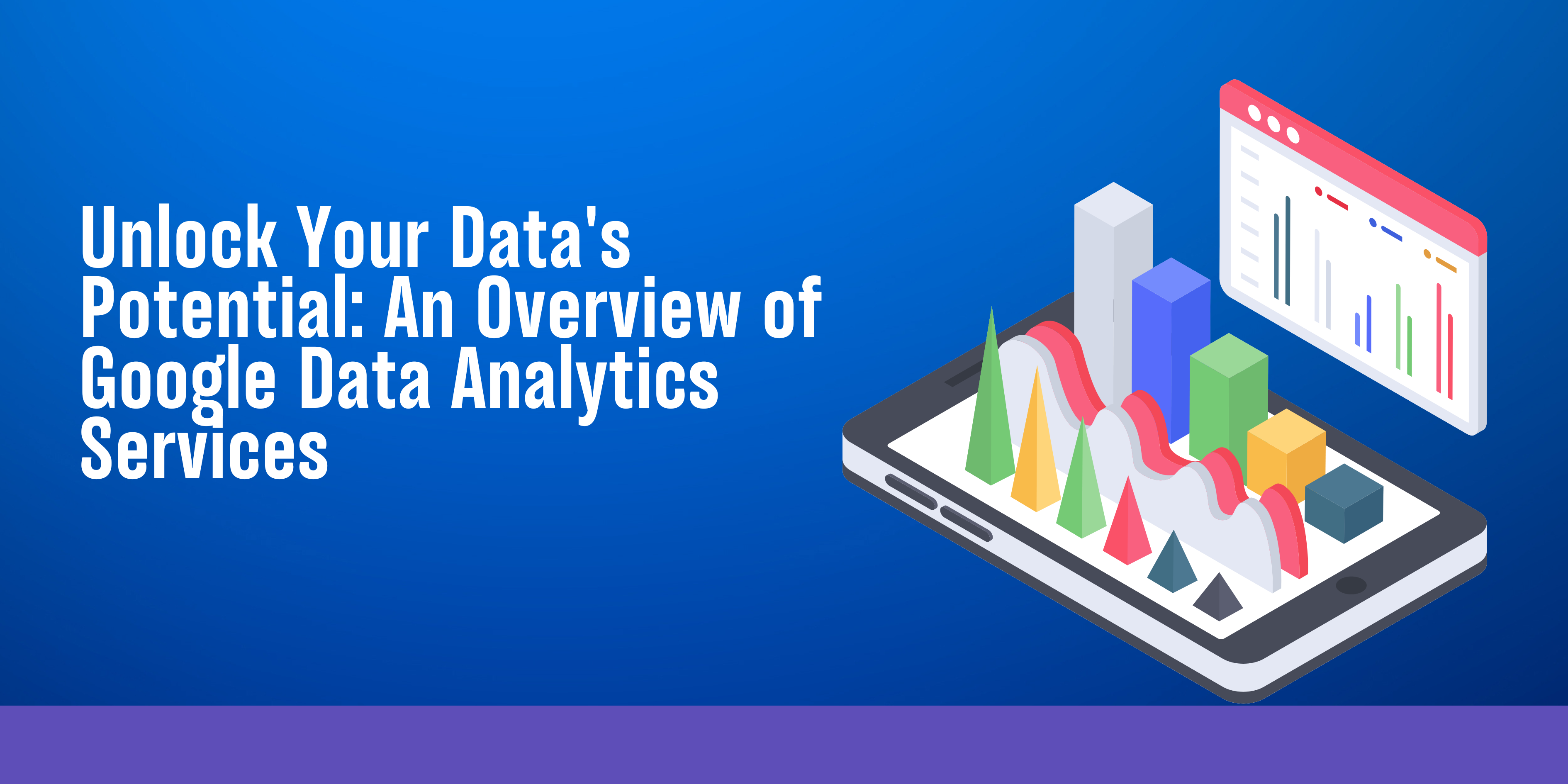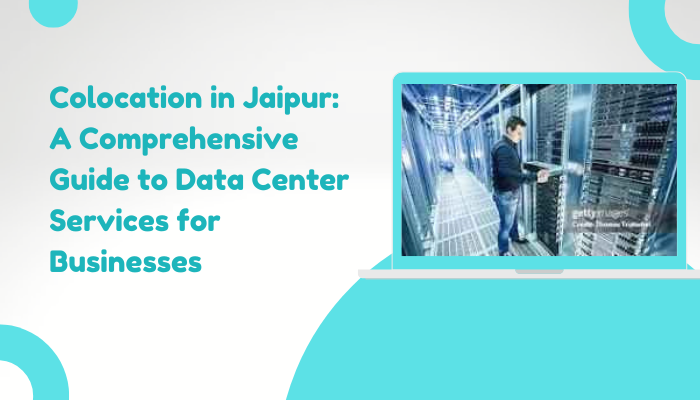Unlock Your Data's Potential: An Overview of Google Data Analytics Services

Strong 8k brings an ultra-HD IPTV experience to your living room and your pocket.
In today's data-driven world, understanding your business performance, customer behavior, and market trends is no longer optional it's essential for survival and growth. Businesses generate vast amounts of data, but the real value lies in transforming that raw data into actionable insights. This is where Google Data Analytics Services come into play, offering a powerful suite of tools designed to help organizations of all sizes collect, process, analyze, and visualize their data effectively.
Let's explore the core components:
1. Google Analytics (GA4): The Foundation for Web & App Insights
- What it is: The latest generation of Google's ubiquitous web and app analytics platform. It's often the starting point for digital data analysis.
- What it does: Tracks user interactions on websites and mobile apps. It focuses on an event-based data model, providing insights into user journeys, engagement, conversions, traffic sources, demographics, and much more.
- Who it's for: Marketers, website owners, app developers, product managers, and analysts looking to understand user behavior within their digital properties.
- Key Benefit: Provides crucial, often free, insights into how users find and interact with your online presence, essential for optimizing marketing campaigns and user experience.
2. BigQuery: The Scalable Cloud Data Warehouse
- What it is: Google Cloud's fully managed, serverless, and highly scalable enterprise data warehouse.
- What it does: Enables super-fast SQL queries using the processing power of Google's infrastructure. It's designed to store and analyze massive datasets (terabytes and petabytes) quickly and cost-effectively. BigQuery can ingest data from various sources, including Google Analytics, Google Ads, CRM systems, IoT devices, and more. It also integrates machine learning capabilities (BigQuery ML).
- Who it's for: Data engineers, data analysts, data scientists, and organizations needing a central repository to consolidate and analyze large, complex datasets from multiple sources.
- Key Benefit: Provides the power and scalability to handle enormous datasets and complex queries without managing infrastructure, enabling deep analysis and integration of diverse data sources.
3. Looker & Looker Studio: Visualizing Data and Sharing Insights
Google offers two primary tools for data visualization and business intelligence (BI):
Looker Studio (formerly Google Data Studio):
- What it is: A free, user-friendly tool for creating interactive dashboards and reports.
- What it does: Connects to a wide variety of data sources (including Google Sheets, Google Analytics, BigQuery, SQL databases, etc.) and allows users to visualize data through charts, graphs, and tables. Reports are easily shareable and embeddable.
- Who it's for: Marketers, analysts, small-to-medium businesses, teams needing quick, shareable visualizations without deep technical expertise.
- Key Benefit: Democratizes data visualization, making it easy to turn data into compelling visual stories accessible to everyone.
Looker (Google Cloud Core BI Service):
- What it is: A sophisticated enterprise-grade business intelligence and data application platform.
- What it does: Offers more advanced data modeling (LookML), governance features, embedded analytics capabilities, and robust API support. It allows businesses to create a reliable "single source of truth" for their metrics and build custom data experiences.
- Who it's for: Larger organizations, data teams needing strong governance and modeling capabilities, businesses wanting to embed analytics into their own products or workflows.
- Key Benefit: Provides a powerful, governed platform for enterprise-wide business intelligence, advanced analytics, and building custom data applications.
How Google Data Analytics Services Work Together
The power of Google's offering lies in the seamless integration between these services:
- Data Collection: Data originates from sources like your website/app (via Google Analytics), advertising platforms (Google Ads), CRM, operational databases, etc.
- Data Storage & Processing: This raw data can be loaded into BigQuery for consolidation, cleaning, and complex analysis using SQL. Other Google Cloud tools like Cloud Storage (for raw data lakes) and Dataflow (for data processing pipelines) often play supporting roles.
- Data Analysis & Visualization: Insights derived from BigQuery queries or directly from sources like Google Analytics can be visualized using Looker Studio for easy-to-understand reports or Looker for more sophisticated BI dashboards and embedded analytics.
Benefits of Using Google's Data Analytics Ecosystem:
- Scalability: Services like BigQuery scale automatically to handle growing data volumes and query complexity.
- Integration: Tools are designed to work together, streamlining data workflows.
- Accessibility: From the free Looker Studio and Google Analytics to powerful enterprise tools, there are options for various needs and budgets.
- AI & Machine Learning: Integration with Google's advanced AI/ML capabilities (e.g., BigQuery ML, Vertex AI) allows for predictive analytics and deeper insights.
- Serverless: Many services (like BigQuery and Looker Studio) reduce the need for infrastructure management.
Conclusion
Google offers a comprehensive and powerful set of data analytics services suitable for businesses at every stage of their data journey. Whether you're just starting to track website visitors with Google Analytics, need to visualize key metrics with Looker Studio, require the immense power of BigQuery for large-scale analysis, or need the enterprise governance of Looker, Google Cloud provides the tools to transform your data from a simple resource into a strategic asset, driving smarter decisions and fostering growth. Exploring these services can unlock significant potential hidden within your organization's data.
Note: IndiBlogHub features both user-submitted and editorial content. We do not verify third-party contributions. Read our Disclaimer and Privacy Policyfor details.







